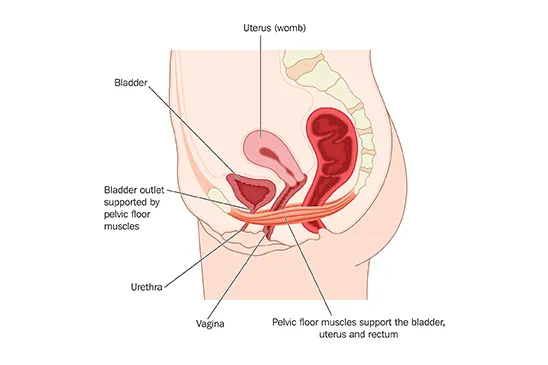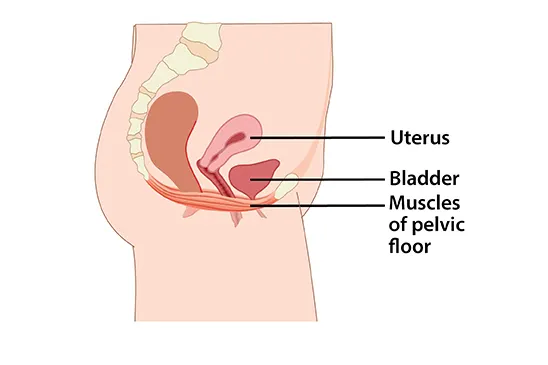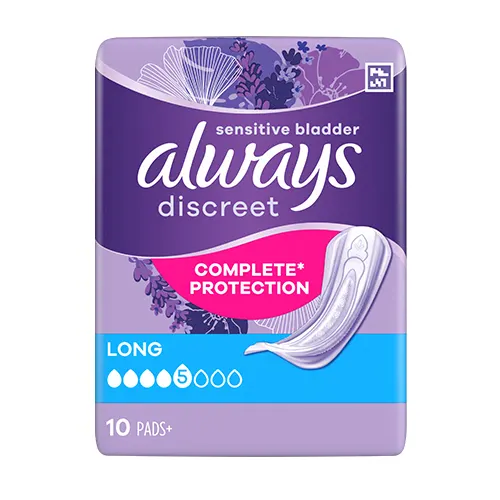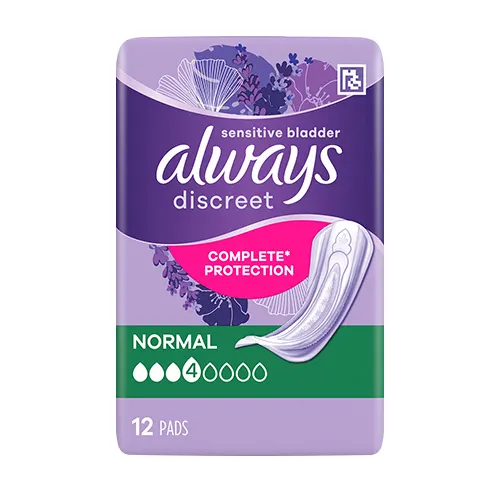
When your body decides it has to go, you’d better find a toilet, and find one fast! For people suffering from urge incontinence, the sensation of having to urinate comes on so suddenly and so strongly that they often are barely able to hold in urine and are rarely left with enough warning to find a toilet.
What is urge incontinence?
Urge incontinence, also known as having an overactive bladder, occurs when the nerves around your bladder signal your bladder muscles to contract and spasm involuntarily. This results in an intense and sudden urge to urinate, whether or not your bladder is full. If you feel the need to urinate more than eight times a day, you may have urge incontinence.

Urge incontinence causes can vary, as the condition is often a symptom of a larger issue. The most common causes of urge incontinence are:
-
Bladder or urinary tract infection
-
Inflammation
-
Bladder obstruction
-
Bladder stones
However, urge incontinence in women can also be a result of oestrogen deficiency around menopause impacting collagen levels, nerve damage caused by having a C-section, or conditions such as multiple sclerosis, Parkinson’s, diabetes, stroke, or injury. In other cases, the cause of urge incontinence in women can’t be identified. Whatever the case may be, it is important to know that you are not alone in experiencing this condition.
Urge incontinence can have a major effect on a sufferer’s quality of life. People with urge incontinence sometimes restructure their whole lives around their toilet needs, limiting their work and socialising to venues to where they are sure to be just a few steps from a loo at all times. They may even stop going out altogether. However, with a little management, this need not be the case.
Here are some urge incontinence treatments and remedies to help you to gain more control:
Retrain your bladder
Go to the toilet on a regular schedule, such as every two hours or so, in order to get your bladder into a routine. Go whether or not you feel like you have to, so you can prevent your bladder from filling up too much and reduce the urge to go.

Stay hydrated
Drinking plenty of water throughout the day will keep your urine from becoming concentrated and acidic. Over-acidic urine can irritate your bladder nerves and tissues, making your urge incontinence symptoms worse.
Don’t sip
Drink a small glass of water – about 175-250 ml – all at once instead of sipping throughout the day, which might create the urge to go more often.
Double void
Often, people with urge incontinence may not empty their bladder all the way when they urinate. Use the double void technique to prevent this and to avoid future ‘pee emergencies’. After you’ve urinated, remain on the toilet for 30 seconds, and urinate again. By doing this, you won’t feel an urgent need to go just a short time after visiting the toilet.

Pelvic floor exercises
The pelvic floor is a system of muscles and ligaments that form a sort of basket to support your urinary system. Exercises for your pelvic floor – you may know them as Kegels – can strengthen the muscles enough to help overcome spasming. Just like with any physical exercise, the results are seen over time. Practice makes perfect. Keep at it and results may be right around the corner. Read about how to perfect your pelvic floor exercise routine here.
Talk about it!
Reach out to those close to you - your partner, your friend, your daughter. Having someone who cares about you and loves you for who you are, pee or no pee, on your side is very powerful. Not only is an ally good for emotional support, you gain a resource in managing urge incontinence who may be able to help navigate your unique bathroom needs.
Go down the doctor route
If you’re not seeing results from behavioural remedies, you may want to consult your doctor about your medical options for urge incontinence treatments. Each has its own advantages and disadvantages, so make sure that you weigh up each option and choose which is best for you and your lifestyle.
Wear protection
Wear incontinence liners, pads, or underwear if you’re worried about leaks. They absorb wetness to keep you feeling comfortable and confident. Always Discreet, for instance, makes urinary incontinence products that aren’t bulky and absorb leaks and odours within seconds, so no one even needs to know you’re wearing anything. With the right protection, you will feel empowered to confidently partake in the activities you love.




